Forestry Mulching for Land Management
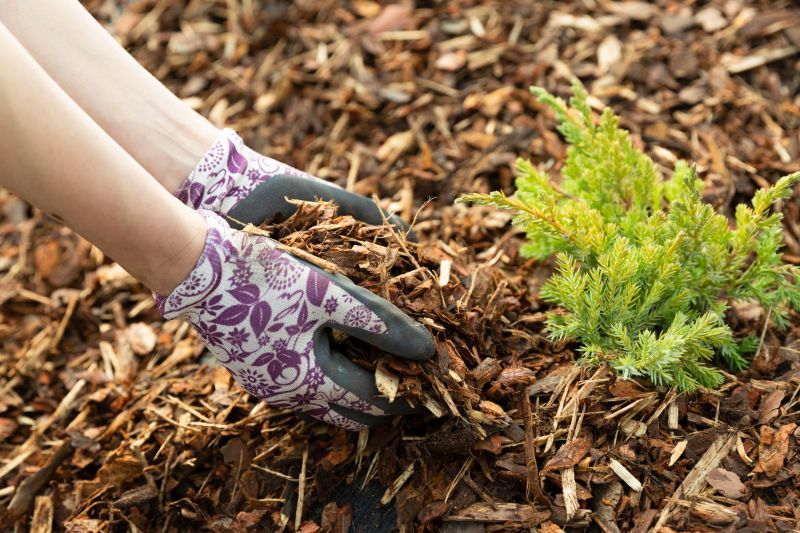
Spring offers optimal conditions for forestry mulchings due to favorable soil moisture and temperature.

Summer may pose challenges with higher temperatures and drier conditions, impacting mulch effectiveness.

Fall provides cooler temperatures and increased soil moisture, ideal for mulchings before winter.

Ways to make Forestry Mulchings work in tight or awkward layouts.
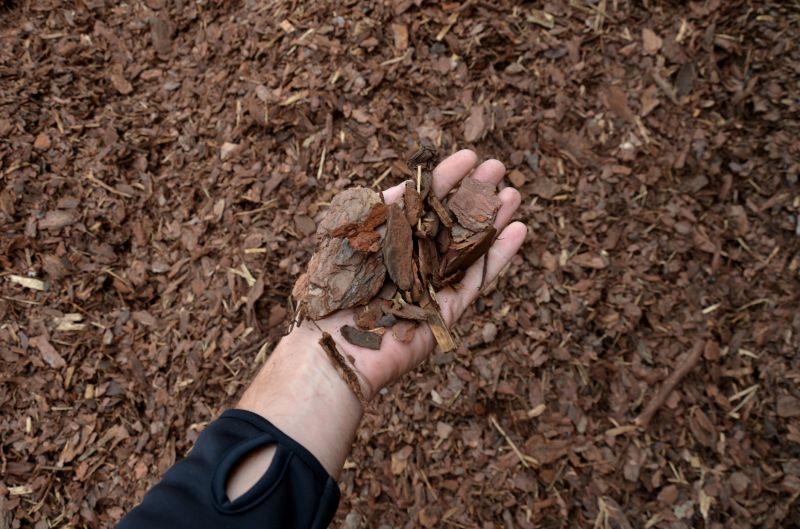
Popular materials for Forestry Mulchings and why they hold up over time.
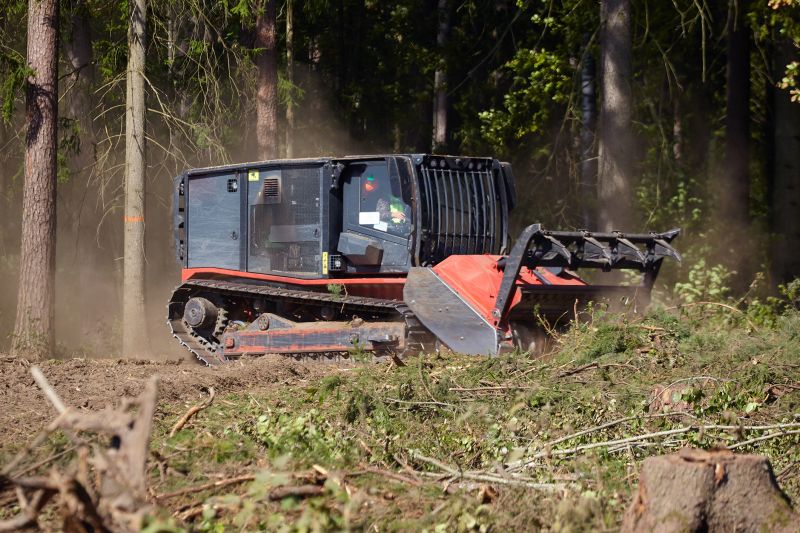
Simple add-ons that improve Forestry Mulchings without blowing the budget.
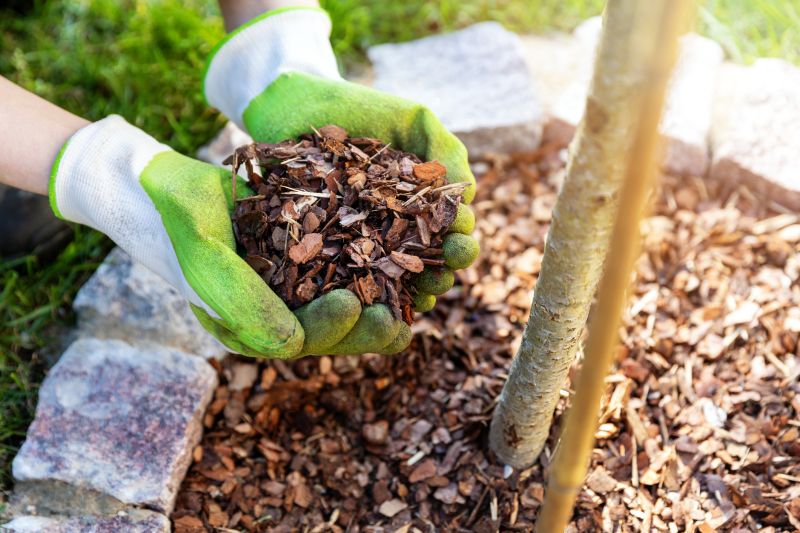
High-end options that actually feel worth it for Forestry Mulchings.
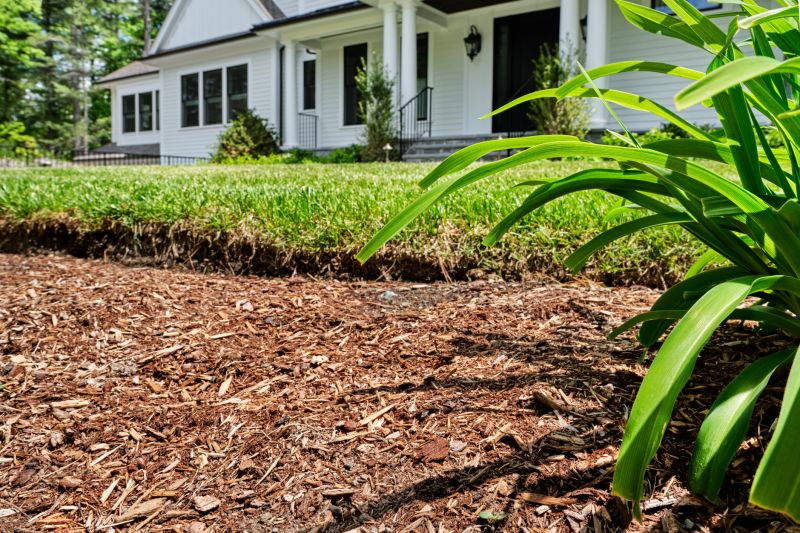
Finishes and colors that play nicely with Forestry Mulchings.
Forestry mulchings involve the process of shredding trees, brush, and other woody materials directly on-site to create a layer of mulch. This method is used for land clearing, wildfire risk reduction, and habitat restoration. It is an efficient way to manage large areas of forestry debris, reducing the need for hauling and disposal. Statistics indicate that mulchings can process thousands of tons of material annually, significantly decreasing land clearing time and costs.
The timing of forestry mulchings can influence the effectiveness and environmental impact of the process. Performing mulchings during periods of moderate soil moisture and temperature enhances decomposition and reduces soil disturbance. Proper timing also minimizes disruption to wildlife and plant growth, making it a crucial consideration for land management projects.
Timing mulchings in spring or fall aligns with optimal soil conditions and plant cycles.
Avoid mulchings during periods of drought or heavy rainfall to prevent soil erosion and compaction.
Scheduling during suitable weather windows ensures smoother operations and better mulch quality.
Timing mulchings to avoid breeding seasons minimizes disturbance to local wildlife.
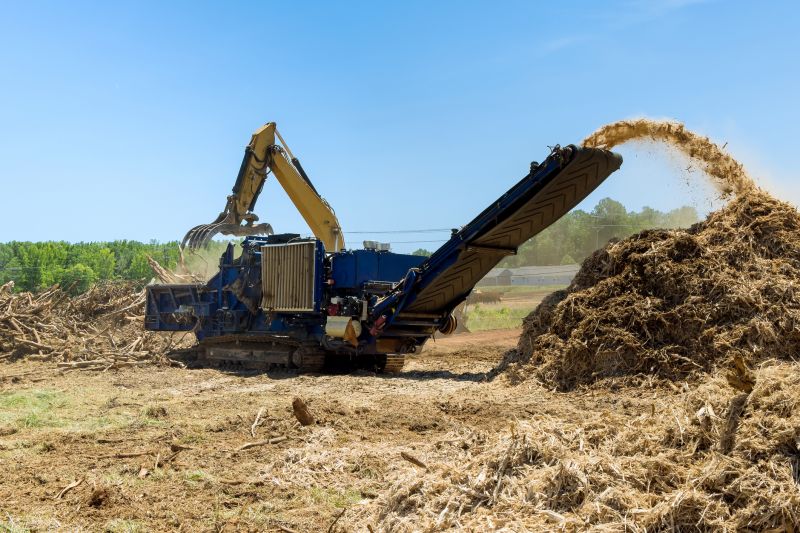
Heavy machinery shredding woody debris on-site.

Mulching reduces debris and prepares land for future use.
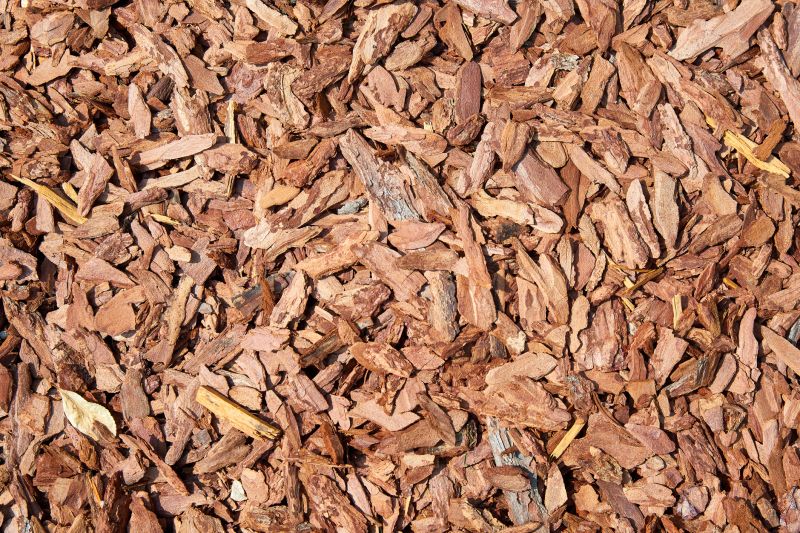
Finished area with uniform mulch coverage.

Mulching helps decrease fuel loads in forested areas.

Little measurements that prevent headaches on Forestry Mulchings day.
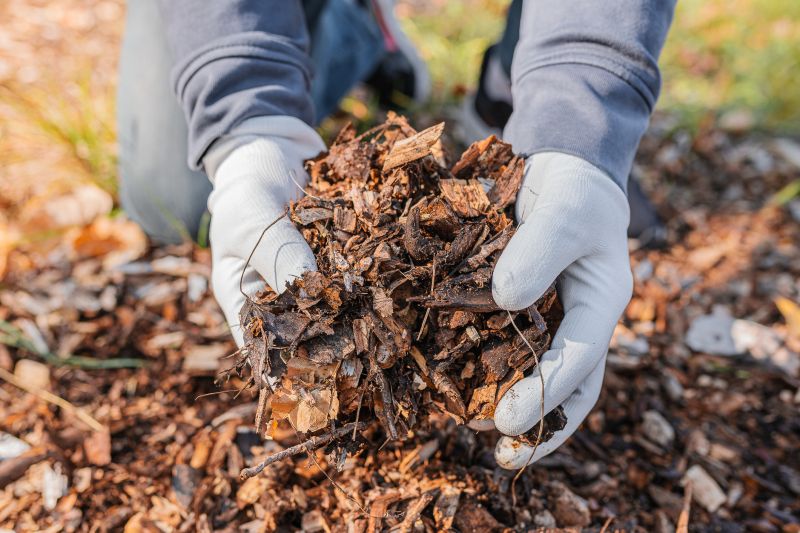
A 60-second routine that keeps Forestry Mulchings looking new.

A frequent mistake in Forestry Mulchings and how to dodge it.
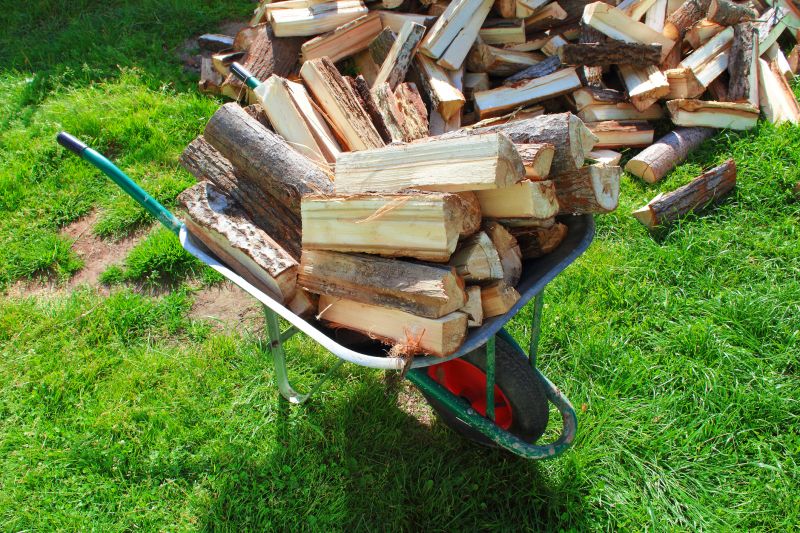
Small tweaks to make Forestry Mulchings safer and easier to use.
| Season | Ideal Conditions |
|---|---|
| Spring | Moderate soil moisture, rising temperatures |
| Summer | Higher temperatures, risk of drought |
| Fall | Cooler temperatures, increased soil moisture |
| Winter | Limited, depending on climate |
| Post-Storm | Ideal for clearing storm debris |
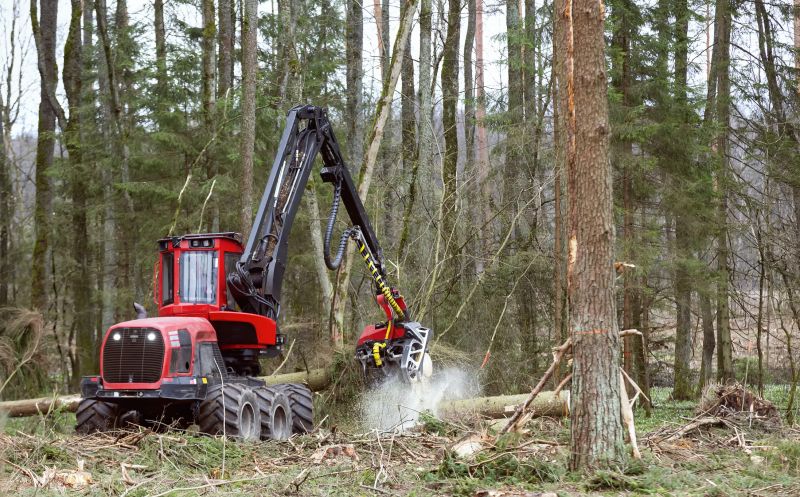
Various machinery used for on-site shredding.
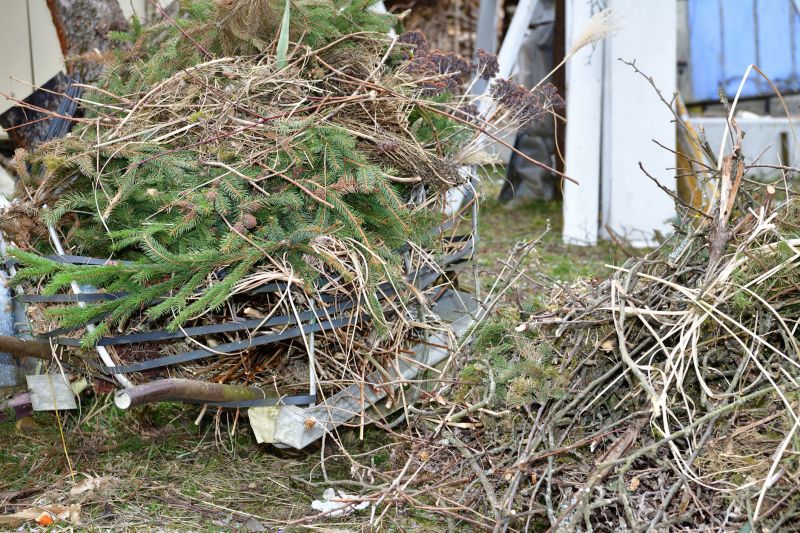
Branches, stumps, and woody material ready for mulch.

Finished land with mulch layer.
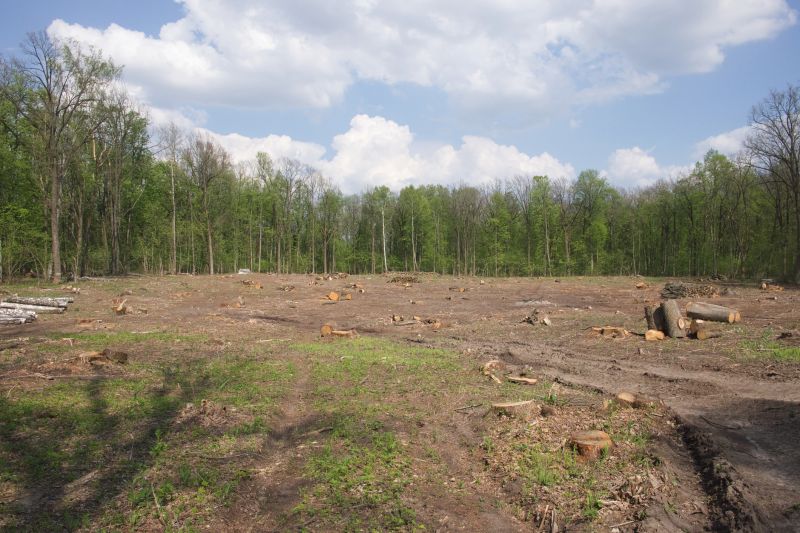
Cleared and mulched forest areas.

Lower-waste or water-saving choices for Forestry Mulchings.
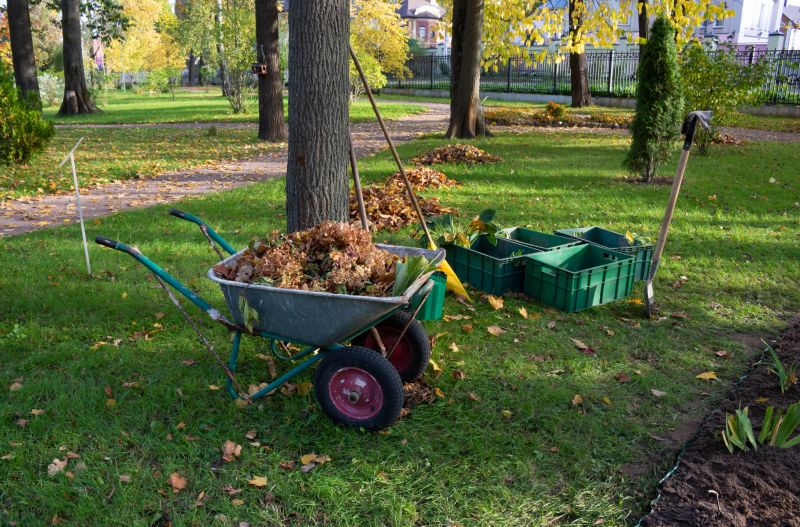
The short, realistic tool list for quality Forestry Mulchings.
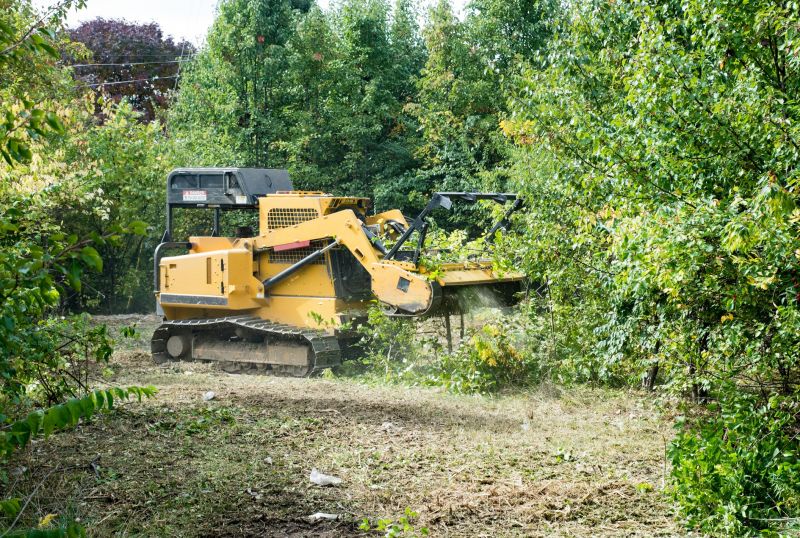
Rough timing from prep to clean-up for Forestry Mulchings.
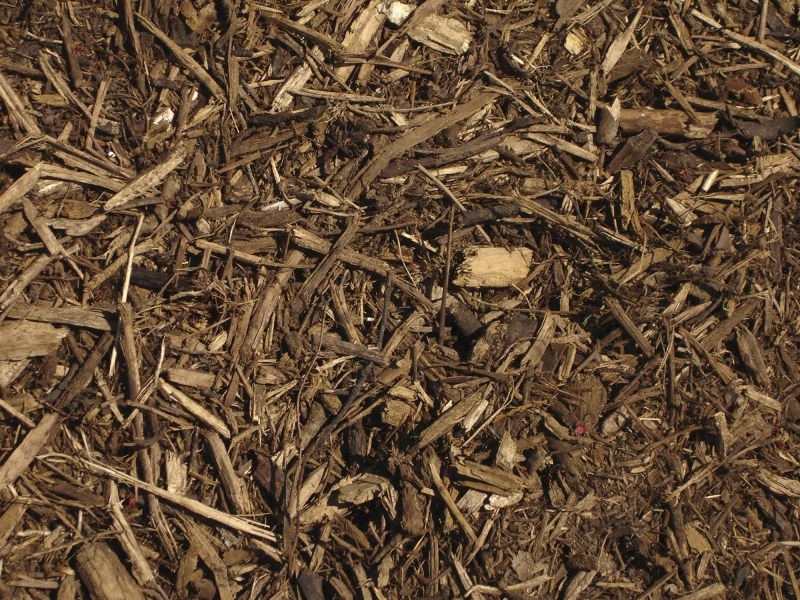
Quick checks and paperwork to keep after Forestry Mulchings.
Understanding the optimal timing for forestry mulchings ensures efficient land management, reduces environmental impact, and supports sustainable forestry practices. Proper scheduling can enhance the benefits of mulchings, including erosion control, habitat improvement, and fuel load reduction.
Consultation with forestry professionals can help determine the best timing based on local climate, land use goals, and ecological considerations. Planning ahead ensures mulchings are performed during periods that maximize their effectiveness and minimize potential issues.
Interested in scheduling forestry mulchings? Fill out the contact form for more information.



